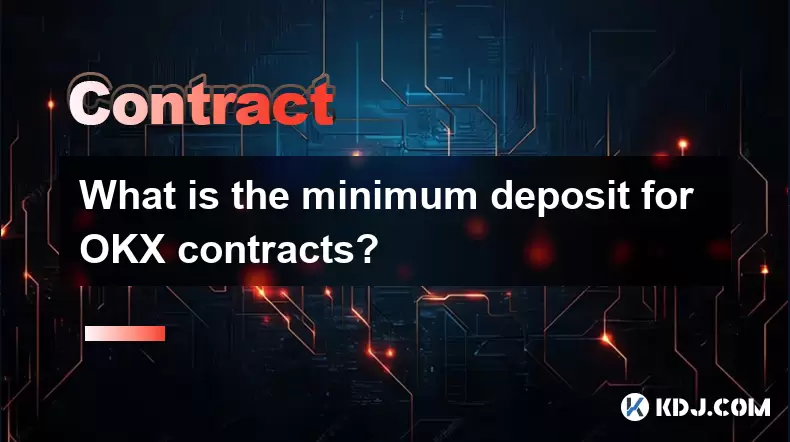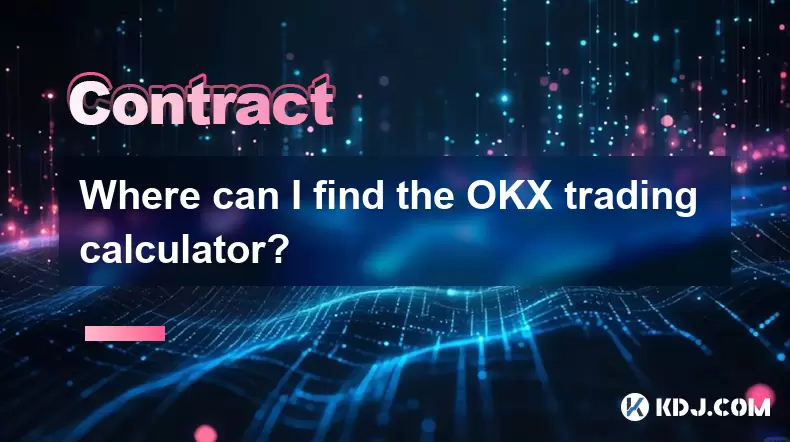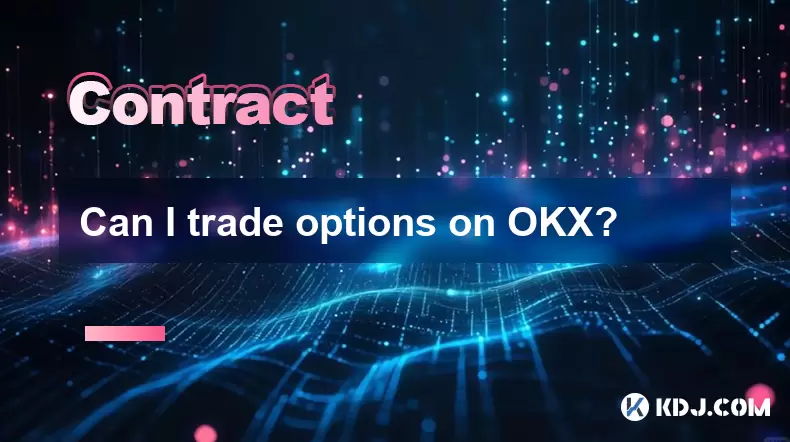-
 Bitcoin
Bitcoin $117500
2.15% -
 Ethereum
Ethereum $3911
6.19% -
 XRP
XRP $3.316
10.79% -
 Tether USDt
Tether USDt $1.000
0.01% -
 BNB
BNB $787.2
2.24% -
 Solana
Solana $175.2
4.15% -
 USDC
USDC $0.9999
0.00% -
 Dogecoin
Dogecoin $0.2225
8.40% -
 TRON
TRON $0.3383
0.28% -
 Cardano
Cardano $0.7868
6.02% -
 Stellar
Stellar $0.4382
9.34% -
 Hyperliquid
Hyperliquid $40.92
7.56% -
 Sui
Sui $3.764
7.63% -
 Chainlink
Chainlink $18.48
10.66% -
 Bitcoin Cash
Bitcoin Cash $582.1
1.88% -
 Hedera
Hedera $0.2601
6.30% -
 Avalanche
Avalanche $23.33
4.94% -
 Ethena USDe
Ethena USDe $1.001
0.02% -
 Litecoin
Litecoin $122.3
2.04% -
 UNUS SED LEO
UNUS SED LEO $8.969
-0.27% -
 Toncoin
Toncoin $3.339
0.86% -
 Shiba Inu
Shiba Inu $0.00001287
4.30% -
 Uniswap
Uniswap $10.43
7.38% -
 Polkadot
Polkadot $3.861
5.08% -
 Dai
Dai $1.000
0.02% -
 Bitget Token
Bitget Token $4.513
3.41% -
 Monero
Monero $267.7
-6.18% -
 Cronos
Cronos $0.1499
4.14% -
 Pepe
Pepe $0.00001110
5.15% -
 Aave
Aave $284.9
8.28%
What is the difference between Coinbase spot trading and Coinbase contracts?
Coinbase spot trading allows immediate ownership of crypto at market price, while contracts let users speculate on price movements with leverage, without owning the asset.
Aug 08, 2025 at 02:15 pm

Understanding Coinbase Spot Trading
Coinbase spot trading refers to the immediate exchange of one cryptocurrency for another or for fiat currency at the current market price. When a user engages in spot trading on Coinbase, they are buying or selling digital assets for instant settlement. This means that once the transaction is completed, the asset is transferred directly into the user’s wallet. The price paid or received reflects the real-time value of the asset on the exchange. For example, purchasing 1 BTC at $60,000 through spot trading results in immediate ownership of that Bitcoin, which can then be stored, transferred, or sold.
Spot trading is ideal for users who want to own the actual cryptocurrency and hold it for investment purposes. It is commonly used by long-term investors, also known as "HODLers," who believe in the future value of digital assets. Transactions are settled in seconds, and all trades are recorded on Coinbase’s order book. The platform supports a wide range of cryptocurrencies, including Bitcoin (BTC), Ethereum (ETH), and stablecoins like USDC. Users can place market orders, limit orders, or stop orders based on their strategy.
How Coinbase Contracts Differ from Spot Trading
Coinbase contracts, specifically referring to futures or derivatives contracts offered through Coinbase Derivatives or Coinbase Advanced Trade, involve agreements to buy or sell an asset at a predetermined price at a specified future date. Unlike spot trading, users do not take ownership of the underlying asset. Instead, they speculate on price movements to profit from volatility. These contracts are typically settled in cash, meaning no actual Bitcoin or Ethereum changes hands.
One key distinction is leverage. Contracts allow traders to use borrowed funds to increase their position size. For example, with 10x leverage, a trader can control $10,000 worth of BTC with only $1,000 of their own capital. While this amplifies potential gains, it also increases the risk of liquidation if the market moves against the position. This feature is not available in standard spot trading on Coinbase.
Another difference lies in the settlement mechanism. Spot trades settle instantly, while contracts have expiration dates. Traders must close their positions before expiry or roll them over. Perpetual contracts, which do not have an expiration date, are also available and are popular among active traders.
Key Features of Coinbase Spot Trading Interface
To engage in spot trading, users must navigate to the Spot Trading interface on Coinbase.com or the mobile app. The process begins by selecting a trading pair, such as BTC/USD or ETH/USDC. The interface displays real-time price charts, order books, and recent trades. Users can choose between different order types:
- Market Order: Buys or sells immediately at the best available price.
- Limit Order: Sets a specific price at which the trade should execute.
- Stop-Limit Order: Combines a stop price and a limit price to control entry or exit points.
After selecting the order type, the user inputs the amount of cryptocurrency or fiat to trade. The system shows estimated fees, which are based on the user’s tier and trading volume. Once confirmed, the transaction executes, and the asset appears in the wallet. All spot trades are subject to network confirmation times when withdrawing, but internal transfers within Coinbase are instant.
Operating Coinbase Contracts: A Step-by-Step Guide
Trading contracts on Coinbase requires access to Coinbase Advanced Trade or a supported derivatives platform. The following steps outline how to open a contract position:
- Log in to your Coinbase account and switch to Advanced Trade mode.
- Select the Derivatives or Futures tab, depending on the available options.
- Choose a contract, such as a BTC-USD perpetual futures contract.
- Decide whether to go long (buy) if you expect the price to rise, or short (sell) if you anticipate a decline.
- Set the leverage level using the slider, typically ranging from 2x to 50x.
- Enter the contract size or dollar amount for the position.
- Review the liquidation price and margin requirements displayed on the screen.
- Confirm the trade by clicking Open Position.
Once the position is open, it appears in the Open Positions tab. Traders can set take-profit and stop-loss orders to manage risk. Closing a position is done by placing an opposite trade—selling if long, buying if short. The profit or loss is settled in the chosen settlement currency, usually USD or USDC.
Risks and Considerations in Both Trading Methods
While both spot trading and contracts offer opportunities, they come with distinct risks. In spot trading, the primary risk is market volatility. If the price of a purchased cryptocurrency drops, the user incurs a paper loss until they sell. However, since the user owns the asset, they can hold indefinitely without time pressure.
In contrast, contract trading introduces additional risks:
- Leverage risk: Small price movements can trigger liquidation.
- Funding rates: Perpetual contracts charge or pay funding fees every 8 hours, which can accumulate over time.
- Complexity: Understanding margin, mark price, and order types requires more experience.
Regulatory oversight also differs. Spot trading is generally treated as a purchase of property, while contracts may be classified as securities or commodities, affecting tax treatment and eligibility in certain regions.
Access and Eligibility Requirements
Not all Coinbase users can access contract trading. The platform restricts derivatives to users in eligible countries and requires identity verification (KYC). Users must also pass a derivatives knowledge assessment to confirm understanding of risks. In contrast, spot trading is available to nearly all verified users globally, with fewer restrictions.
To enable contract trading:
- Complete Level 2 verification or higher.
- Agree to the Derivatives Agreement in legal documents.
- Fund the account with sufficient collateral in the base currency.
- Ensure the device and browser meet security requirements for trading.
Spot trading has no such prerequisites beyond basic account setup and email confirmation.
Frequently Asked Questions
Can I transfer cryptocurrency from my spot wallet to my derivatives account on Coinbase?
Yes, Coinbase allows internal transfers between spot and derivatives balances. Navigate to the Assets section, select Transfer, choose the source (Spot Wallet) and destination (Derivatives Account), enter the amount, and confirm. The transfer is instant and does not incur network fees.
Are there fees for closing a contract early on Coinbase?
There is no early closure fee for futures contracts. However, standard taker or maker fees apply when exiting the position, based on your trading tier. Funding fees may also be charged if holding a perpetual contract beyond settlement intervals.
Does spot trading on Coinbase support limit orders with time-in-force options?
Yes, Coinbase Advanced Trade supports time-in-force settings for limit orders. Options include GTC (Good Till Cancelled), IOC (Immediate or Cancel), and FOK (Fill or Kill). These can be selected when placing the order to control execution behavior.
How is the liquidation price calculated in Coinbase contracts?
The liquidation price is determined by the system based on entry price, leverage, and maintenance margin. It represents the price at which the position’s margin falls below the required threshold. The formula considers mark price, not the last traded price, to prevent manipulation. Users can view the estimated liquidation price before opening a position.
Disclaimer:info@kdj.com
The information provided is not trading advice. kdj.com does not assume any responsibility for any investments made based on the information provided in this article. Cryptocurrencies are highly volatile and it is highly recommended that you invest with caution after thorough research!
If you believe that the content used on this website infringes your copyright, please contact us immediately (info@kdj.com) and we will delete it promptly.
- Bitcoin, Meme ICOs, and FOMO: Catching the Next Crypto Wave
- 2025-08-08 18:30:34
- OM, Investment, and Growth: Decoding the Latest Trends in Digital Assets
- 2025-08-08 18:30:34
- SNEK, Cardano, and the Contributor's Conundrum: A Meme Coin's Fight for Recognition
- 2025-08-08 16:30:12
- Toshi Crypto's Wild Ride: Rally, Demand Slump, and What's Next
- 2025-08-08 16:30:12
- Ethereum, Staking Yields, and DeFi Exposure: A New Era for Investors?
- 2025-08-08 15:10:12
- Unilabs Pumps MIA, Binance Coin Bouncing Back, and Ethereum's Bearish Blues
- 2025-08-08 15:10:12
Related knowledge

What is the distinction between mark price and last price on KuCoin?
Aug 08,2025 at 01:58pm
Understanding the Basics of Price in Cryptocurrency TradingIn cryptocurrency exchanges like KuCoin, two key price indicators frequently appear on trad...

What are the specific maker and taker fees on KuCoin Futures?
Aug 08,2025 at 08:28am
Understanding Maker and Taker Fees on KuCoin FuturesWhen trading on KuCoin Futures, users encounter two primary types of fees: maker fees and taker fe...

What is the maximum leverage available on KuCoin Futures?
Aug 08,2025 at 10:21am
Understanding Leverage in KuCoin Futures TradingLeverage in KuCoin Futures allows traders to control a larger position size using a smaller amount of ...

What is the minimum deposit for OKX contracts?
Aug 08,2025 at 07:00am
Understanding OKX Contract Trading BasicsOKX is one of the leading cryptocurrency derivatives exchanges, offering a wide range of perpetual and future...

Where can I find the OKX trading calculator?
Aug 08,2025 at 07:49am
Understanding the OKX Trading Calculator FunctionalityThe OKX trading calculator is a powerful analytical tool designed to assist traders in estimatin...

Can I trade options on OKX?
Aug 08,2025 at 11:01am
Understanding Options Trading on OKXYes, you can trade options on OKX. OKX is one of the leading cryptocurrency derivatives exchanges that offers a de...

What is the distinction between mark price and last price on KuCoin?
Aug 08,2025 at 01:58pm
Understanding the Basics of Price in Cryptocurrency TradingIn cryptocurrency exchanges like KuCoin, two key price indicators frequently appear on trad...

What are the specific maker and taker fees on KuCoin Futures?
Aug 08,2025 at 08:28am
Understanding Maker and Taker Fees on KuCoin FuturesWhen trading on KuCoin Futures, users encounter two primary types of fees: maker fees and taker fe...

What is the maximum leverage available on KuCoin Futures?
Aug 08,2025 at 10:21am
Understanding Leverage in KuCoin Futures TradingLeverage in KuCoin Futures allows traders to control a larger position size using a smaller amount of ...

What is the minimum deposit for OKX contracts?
Aug 08,2025 at 07:00am
Understanding OKX Contract Trading BasicsOKX is one of the leading cryptocurrency derivatives exchanges, offering a wide range of perpetual and future...

Where can I find the OKX trading calculator?
Aug 08,2025 at 07:49am
Understanding the OKX Trading Calculator FunctionalityThe OKX trading calculator is a powerful analytical tool designed to assist traders in estimatin...

Can I trade options on OKX?
Aug 08,2025 at 11:01am
Understanding Options Trading on OKXYes, you can trade options on OKX. OKX is one of the leading cryptocurrency derivatives exchanges that offers a de...
See all articles

























































































